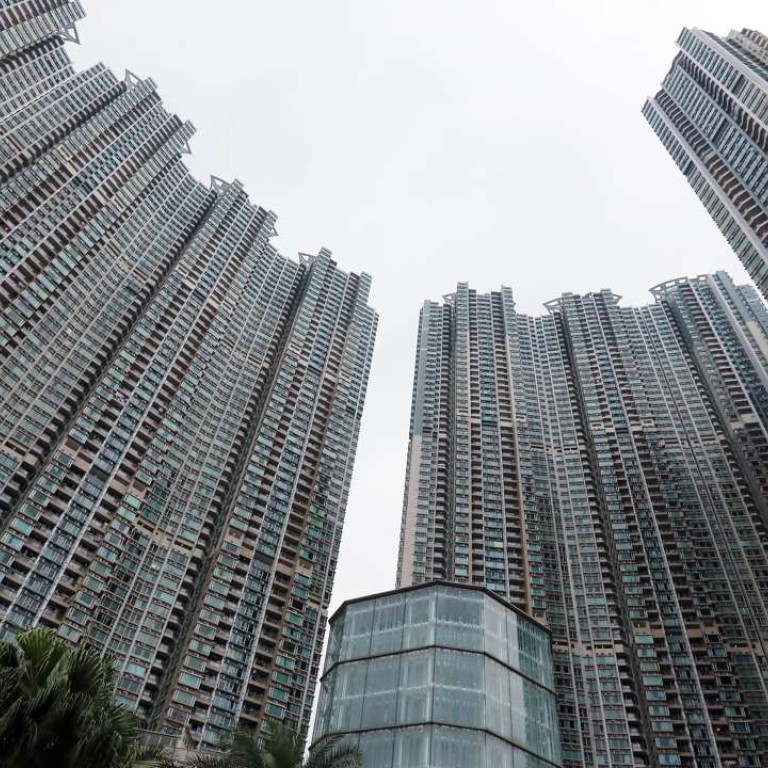
Hong Kong developer Nan Fung wins large housing site in Tseung Kwan O
Land price for 10th phase of Lohas Park 19.68 per cent lower than for phase nine
Nan Fung Development, a privately run Hong Kong developer, outbid six Hong Kong and mainland China developers to win the development rights for a large, waterfront, mass-residential project in Tseung Kwan O.
MTR Corp said on Wednesday that Nan Fung, which has built up presence in Tseung Kwan O, had won the tender to develop the 10th phase of the Lohas Park development.
Lohas Park phase 10 comprises 570 to 1,170 flats in two residential towers on a 85,842 sq ft site. The project will be completed in 2022.
When the tender closed on Monday, it had drawn bids from major Hong Kong developers Sun Hung Kai Properties, Cheung Kong Property, Wheelock Properties and Emperor International. Mainland developer KWG also submitted a bid.
Analysts estimated the development would incur an investment cost of HK$4 billion to HK$5 billion, including the HK$1.65 billion land premium.
The land price for the 10th phase was 19.68 per cent lower than for phase nine, which was won by Wheelock for HK$2,545 per square foot in December.
Analysts said developers were more skittish about land acquisitions in the wake of a softening property market outlook
Meanwhile, property consultant CBRE revealed the results of its Asia-Pacific Investor Intentions Survey 2016, which showed that Hong Kong property investors are showing a growing interest in markets outside the region, and plan to invest more internationally this year.
The survey found that 50 per cent of the Hong Kong-domiciled respondents were keen to invest globally in 2016, compared with just 31 per cent in 2015.
Overall buying intentions among Asia-Pacific real estate investors remained positive, with around 80 per cent of survey respondents indicating they planned to buy at a similar level to, or more, than in 2015.

